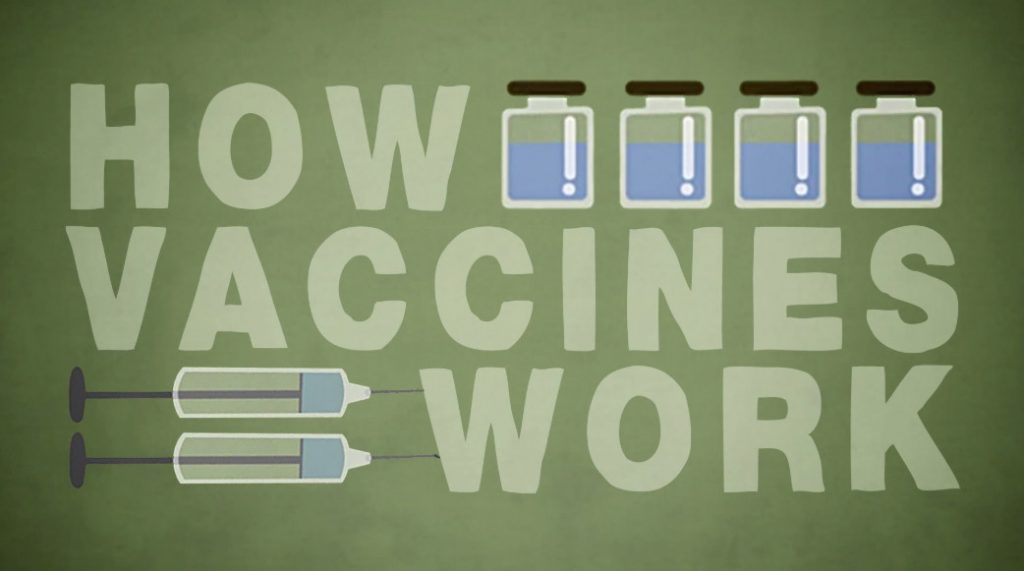Vaccines help the immune system to fight infections faster and more effectively. When one gets a vaccine, it enables an immune response, helping your body fight off and remember the germ so it can attack it if it ever invades again. Vaccines are made with minimal amounts of weak or dead germs and typically adminstered by injection. The immune system reacts to the vaccine as it would if the disease was invading it.
There are five main types of vaccine, and the way they function are highlighted below.
Live attenuated vaccine: This type of vaccine contains a strain of the pathogen that was weakened so that it will not cause disease and harm in people with a healthy immune system. Live attenuated vaccines are very similar to a natural infection, and they serve as good teachers of the immune system. Examples of live attenuated vaccines include vaccines against mumps, measles, and rubella (MMR vaccine), and the vaccine against chicken pox. Though these vaccines are useful, some people cannot receive them. Such people include kids with a weakened immune system, like kids who are undergoing chemotherapy, may not receive a live attenuated vaccine.
Killed or inactivated vaccine: This type of vaccine is made by neutralizing or destroying the virus in the process of producing the vaccine. The inactivated polio vaccine is an example of this type of vaccine. Inactivated vaccines generate immune responses in ways that are entirely different from live attenuated vaccines. Multiple doses of these vaccines are often needed to build up and maintain immunity.
Toxoid vaccine: This type of vaccines prevents diseases that are caused by bacteria toxins in the human body. During the process of making these vaccines, the toxins are weakened so as not to cause illness. Weakened toxins are called toxoids, and after the immune system receives a vaccine that contains toxoid, it learns how to fight natural toxins. The acellular DTaP vaccine includes the toxoids of tetanus and diphtheria.
Subunit Vaccine – This type of vaccines contains parts or subunits of the virus or the bacteria, instead of the entire bacterium. Because these vaccines contain only the essential antigens and not the remaining elements that make up the germ, side effects are rare in most cases. A whooping cough (pertussis) component of the DTaP vaccine is a perfect example of a subunit vaccine.
Conjugate Vaccine – This type of vaccine fights against different kind of bacteria. These bacteria have antigens with an outer coating of sugar-like substances called polysaccharides. This type of layer covers the antigen which makes it hard for a young child’s immature immune system to identify it and respond to it. This type of vaccines is effective against these types of bacteria because they conjugate the polysaccharides to antigens to which the immune system responds to rapidly. This linkage helps the immature immune system react to the coating and develop an immune response. Haemophilus influenzae type B (Hib) vaccine is an example of this type of vaccine as it is used against pneumococcus bacteria.
Summary
Vaccines, just as any other medication could cause mild side effects. However, many symptoms of diseases such as chicken pox that is prevented by the vaccine could be severe or even fatal.
Need medical help? Primary Medical Care Center is only a phone call away: 305-751-1500
